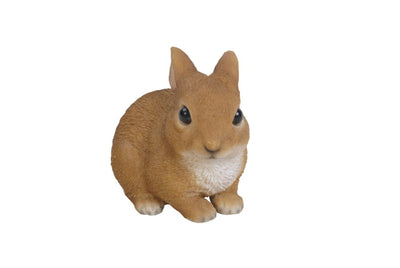Low Bird Baths: A Great Option for Small Gardens and Wildlife
A bird bath is a wonderful addition to any garden, providing birds with a clean water source for drinking and bathing. While many traditional birdbaths are elevated, low bird baths have gained popularity, especially for small gardens and those looking to attract a variety of wildlife. These ground-level water features create a more natural and inviting environment for birds and other small creatures.
If you’re considering adding a low bird bath to your garden, here’s why it’s a great choice and how to make the most of it.
1. Why Choose a Low Bird Bath?
Low bird baths offer several benefits compared to taller designs:
✔ More Natural Appeal – Many birds, such as robins, sparrows, and doves, prefer water sources closer to the ground, as they resemble natural puddles and streams.
✔ Ideal for Small Gardens – Their compact size makes them perfect for small yards, patios, or balcony gardens.
✔ Attracts More Wildlife – In addition to birds, low bird baths invite butterflies, bees, and small mammals like squirrels, enhancing biodiversity.
✔ Easier to Refill and Maintain – Since they are closer to the ground, cleaning and refilling require minimal effort.
✔ Less Tipping Over – Unlike tall birdbaths that may become unstable in strong winds, low bird baths are more secure and sturdy.
2. Where to Place a Low Bird Bath for Maximum Attraction
Finding the perfect location ensures that birds and wildlife feel safe and comfortable using your bird bath.
✔ Near Plants and Bushes – Place it near flowers or shrubs to provide a sense of security for birds while allowing easy access.
✔ Partially Shaded Area – Too much direct sunlight can cause water to evaporate quickly, while too much shade can lead to algae growth. A balance between sun and shade is ideal.
✔ Away from Predators – If you have pets, especially cats, position the bird bath in an open area where birds can see potential dangers.
✔ Near a Water Source – If you already have a fountain or pond, placing a low bird bath nearby encourages birds to explore and stay longer.
3. Best Plants to Pair with a Low Bird Bath
Adding plants around a low bird bath creates a natural, inviting environment:
✔ Native Wildflowers – Plants like coneflowers, black-eyed Susans, and milkweed attract pollinators and complement the birdbath.
✔ Ground Covers – Creeping thyme or sweet alyssum helps keep the area tidy while adding color.
✔ Small Bushes – Low-growing shrubs offer shelter for birds to rest nearby.
4. Maintenance Tips for a Low Bird Bath
✔ Clean Regularly – Empty and scrub the bird bath at least once a week to prevent bacteria and algae buildup.
✔ Refill with Fresh Water – Birds prefer clean water, so changing it daily keeps them coming back.
✔ Use Flat Stones – Adding a few stones or pebbles inside provides a landing spot for smaller birds and insects.
Final Thoughts
A low bird bath is a fantastic choice for small gardens and wildlife lovers. It blends seamlessly with natural landscapes, attracts more species, and is easy to maintain. By selecting the right placement, plants, and maintenance routine, you can create a thriving habitat for birds while enhancing the beauty of your outdoor space.
🌿 Start creating a bird-friendly oasis today! 🐦💦


















